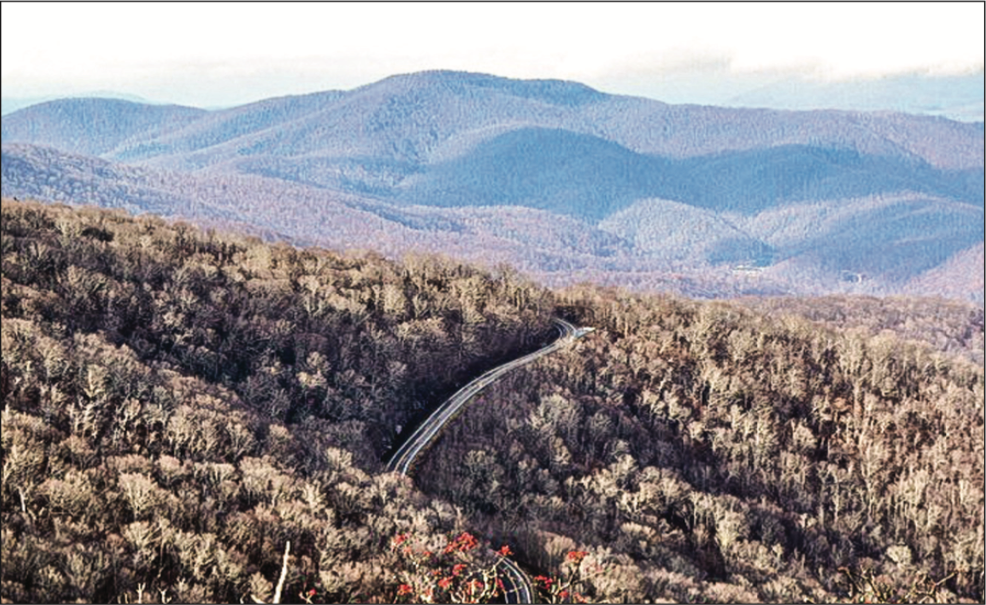It’s not a pipe dream

The plans for the Mountain Valley Pipeline create environmental concerns
The Mountain Valley Pipeline (MVP) project is a proposed 300-mile natural gas pipeline that has resulted in both the Virginia Department of Conservation and the Appalachian Trail Conservancy (ATC) voicing concerns.
The Roanoke Times reported that proponents of the pipeline believe the project will provide economic enhancement, minimize dependence on coal and support America’s energy independence.
Andrew Downs, the Central and Southwest Virginia regional director for the ATC, said that while getting away from coal and energy independence is important, pipelines should not be built carelessly across the countryside.
“We’re not opposed to all pipelines,” Downs said. “We’re opposed to pipelines that haven’t been fully thought out and planned, and the environmental impact of which is avoidable.”

VISTA — The Roan Mountain on the Appalachian Trail is one of the sites that would be affected by the Mountain Valley Pipeline.
Photo Credit: Julie Deutsch
Downs said he believes there are many environmental concerns associated with the MVP in particular, and that there are better and smarter places to put pipelines, such as areas of existing impact.
The pipeline would be up to 42 inches in diameter at certain parts and would permanently require 25 feet of land on both sides of the pipeline to be cleared to lay out its entire length.
According to the MVP website, 125 feet in total would be needed for construction.
The Roanoke Times noted in their reporting that opponents of the pipeline believe necessitating that much land would impact property rights, as eminent domain could be used to acquire land across private property.
In addition, Downs said local economic growth is dependent on clean water and a connection to outdoors, both of which are threatened by this project.
“The pipeline will be, or might be, visible from 19 different vistas along 75 miles of hiking,” Downs said. “That’s a pretty shocking amount of visibility.”
Water purity has also been shown to drastically affect local wildlife.
The Virginia Department of Conservation stated the pipeline could seriously impact Slussers Chapel Conservation site, where rare invertebrate species are dependent on good water quality.
The reason these issues have arisen and have not been fully considered or adjusted for is because the MVP has been project-and-industry-driven thus far, Downs said. Pipelines should behave like highways, Downs said, which have done a better job accounting for infrastructure and existing environment.
There are currently multiple proposed pipelines on the East Coast, but Downs said they have not been coordinated effectively.
“They’re all operating in a vacuum,” Downs said.
A solution proposed by Downs and the ATC is having the Federal Energy Regulatory Committee intervene to have the MVP and other proposed pipelines consolidate and work together to formulate the best plan and minimize overall impact.
Money is also a factor, as Downs said billions of dollars have been invested into national parks, such as the Appalachian Trail, and because of that investment the possible impact needs to be re-evaluated.
In addition, the MVP would be a $3.5 billion project, according to The Roanoke Times, and to Downs, a project that large should be deliberate in being as useful and considerate as possible.
The estimated timeline for the project, as posted on the MVP website, includes the Draft Environmental Impact Statement being open to public comments until Dec. 22.
Then, a Final Environmental Impact Statement will be released in March 2017.
Finally, if all is approved, the targeted completion date for the MVP is the end of 2018.
Price is a news reporter.
